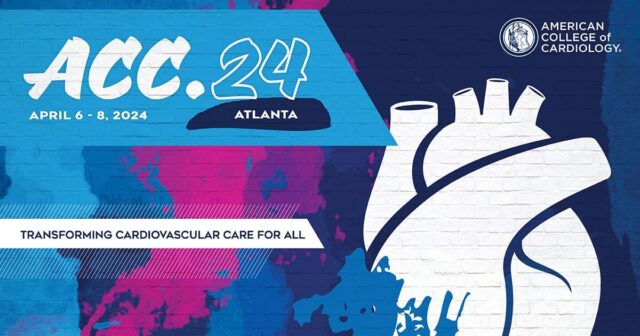The use of intravascular imaging to identify vulnerable plaque (VP) has proven to be very useful, as such plaque is associated with an increase in major adverse cardiac events. Optimal medical treatment is currently considered the standard strategy to stabilize VP. However, the safety and effectiveness of preventive treatment with percutaneous coronary intervention (PCI) in VP are still unclear.

The aim of this randomized controlled study was to evaluate whether preventive PCI of VP improves clinical outcomes compared with medical treatment alone.
The primary endpoint (PEP) was target-vessel failure (TVF), defined as a set of events including death from cardiac causes, myocardial infarction related to the treated vessel, ischemia-driven target-vessel revascularization, or hospitalization for unstable or progressive angina after 2 years of randomization. VP lesions to be assessed were defined as coronary stenosis greater than 50% with negative coronary fraction flow reserve (FFR) (≥0.80) along with two of the following criteria: minimum luminal area (MLA) ≤4 mm2, plaque volume >70%, presence of thin-cap fibroatheroma identified through optical coherence tomography (OCT) or intravascular ultrasound (IVUS), and presence of lipid-rich plaque identified by near-infrared spectroscopy (NIRS).
Read also: ACC 2024 | DanGer-Shock Trial.
A total of 1600 patients were analyzed; 800 of them were randomized to the medical treatment alone group and 800 to the preventive PCI plus medical treatment group. Regarding the PFP, the preventive PCI plus medical treatment group had a lower cumulative incidence of TVF at 2 years compared with the medical treatment alone group (preventive PCI 0.4% vs. medical treatment 3.4%; hazard ratio [HR] 0.11 [95% confidence interval (CI) 0.03-0.36], p=0.0003). These results were sustained at 7 years of follow-up, with a lower incidence of TVF in the preventive PCI group (6.5%) compared with the medical treatment alone group (9.4%): HR 0.54 [95% CI 0.33-0.87], p=0.0097.
Conclusions
In conclusion, in this study, preventive PCI along with medical treatment resulted in a lower incidence of major adverse cardiac events compared with medical treatment alone in VP lesions that did not limit coronary flow.

Dr. Andrés Rodríguez.
Member of the Editorial Board of SOLACI.org.
Original Title: PREVENT Preventive PCI versus Medical Therapy Alone for Treatment of Vulnerable Atherosclerotic Coronary Plaques.
Reference: Seung-Jung Park et al.
Subscribe to our weekly newsletter
Get the latest scientific articles on interventional cardiology





